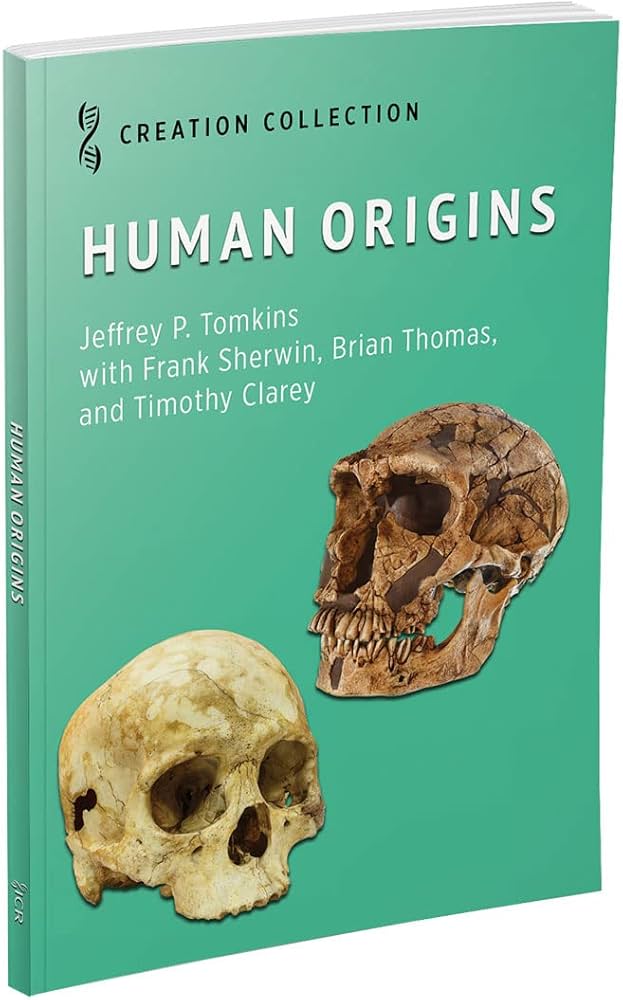As a society, it is obvious that we are very impressed with the sophistication of our modern technology. It is also evident that the theoretical basis for this technology is fancy mathematics. Not surprisingly then, although not everybody can do advanced math, we consider our society to be advanced both in terms of knowledge base and physical know how.
At the same time however, we tend to be very disparaging of ancient societies. Evolutionary preconceptions certainly lend themselves to the idea that ancient peoples were primitive, with few skills and even less understanding. Sometimes however we discover details about ancient peoples that shake our feelings of superiority.
The discovery of an ancient analog computer (mechanical rather than digital), designed to calculate positions of the bodies in our solar system, is a case in point. When Dr. Derek J. de Solla Price, Avalon Professor of the History of Science at Yale University, announced in 1974 his interpretation of the nature of this mechanism, the academic world ignored his claims. He had studied the artifact for almost twenty-five years, but “informed” people knew he could not be correct. The mechanism, after all, was probably designed about 150 BC. Ancient people could not be that sophisticated, or could they?
Maybe we should not be surprised by this new indication of ancient savoire faire. We are all familiar with various wonders produced by the ancient world. The new discovery of ancient ingenuity came about as a result of the discovery of a shipwreck. During the spring of 1900, a Greek sponge diver discovered the remains of an ancient cargo ship in 42 m of water. This was near the island of Antikythera, halfway between the islands of Crete and Kythera which lies just south of the southeastern tip of the Peloponnesus Peninsula. This wreck yielded a stunning collection of bronze, marble statues, pottery, glassware, jewelry and coins. Based on the coins, scholars estimate that the ship sank around 65 BC. Among the items recovered was a badly corroded and encrusted object which seemed to consist of gears.
The delicate process of cleaning the strange artifact proceeded slowly. It was not until the early 1950s that British science historian Derek J. de Solla Price began to investigate this artifact. He published several articles suggesting that the mechanism must be a clock or a computer. In the early 1970s he and Greek nuclear physicist Charalampos Karakalos, made X-ray and gamma ray images of the fragments.
In 1974 Dr. Price published a major paper which argued that we should rethink our views on ancient Greek technology. The academic community however was not in the mood for such ideas. Many scientists were still contesting Immanuel Velikovsky’s views on ancient history, so they greeted Dr. Price’s paper with hostility or ignored it altogether. Dr. Price died in 1983, his work unappreciated.
Interest in the mechanism however did not die out forever. In the 1990s, Michael Wright, curator of the Science Museum in London, and Allan Bromley, a computer scientist at Sydney University (Australia) discovered a common interest in the mechanism. Bromley wanted to study the artifact with X-ray tomography , which produces a series of virtual cross-sections of the device from top to bottom. Wright built a crude tomography machine in Greece and 700 images were collected. Wright has been working on a reconstruction ever since.
More recently, Mike Edmonds, an astrophysicist from Wales, and Tony Freeth, an English mathematician turned film-maker, undertook to produce a documentary on the mechanism. They managed to secure support from the British firm XTEC, experts in computer-assisted tomography, as well as help from Hewlett-Packard. The latter company had developed a method for reading cuneiform tables so eroded that computer images had to piece the parts together.
In the fall of 2005, the fancy equipment arrived in Greece and images were collected. The results of this study were published in Nature, the Nov. 30/06 issue which includes two commentaries (pp. 534-38; 551-52) and the technical article (pp. 587-91). It turns out that this mechanism was indeed a computer of astonishing precision and beauty.
Research in ancient writings reveals that the Roman consul Cicero, in the first century BC, referred to such a device. He declared that it could be used to track the course of the sun, moon and five planets both across the sky and through time. For various reasons, scholars now conclude that this device was designed by Hipparchus of Rhodes about 150 BC.
According to the new study, the device consisted of 37 gears of various sizes. As a handle was turned, the ratios of the gear wheels would cause a pointer to indicate the varying motion of the moon relative to earth. The technical article declares that the mechanism “shows great economy and ingenuity of design. It stands as a witness to the extraordinary technological potential of Ancient Greece…” (p. 591)
One of the sophisticated features was a pin and slot device which allowed one gear to move faster or slower relative to its position on another gear. One commentary points out: “As the bottom wheel turns, this pin pushes the top wheel round. But because the two wheels aren’t centred in the same place, the pin moves back and forth within the upper slot. As a result, the movement of the upper wheel speeds up and slows down…” (p. 536)
Another remarkable feature was the number of teeth on the gears. This seems to have been precisely calculated. Two gears have 53 teeth each, an awkward number to divide into the circumference of a circle (especially when the teeth are being cut by hand). This number however was specifically designed to dovetail with two differently calculated lunar cycles, the Metonic which consists of 235 lunar months (fitting into 19 years) and the Saros cycle (a period of 223 months). Four Metonic cycles less one day, or 940 lunar cycles, equal 76 solar years.
The Saros cycle, on the other hand, was used to predict solar and lunar eclipses. The 53 toothed gears fit both lunar cycles “which are the bases for all the prime factors in the tooth counts of the gears.” (p. 591) Nothing was left to chance or simple convenience.
Thus in the design of this mechanism, the ancients demonstrated detailed knowledge of astronomical cycles, fancy mathematics and precise workmanship. Modern scholars believe that the Antikythera Mechanism incorporated the theories of Hipparchus who lived in Rhodes about the time this device most likely was invented. This brilliant Greek astronomer and mathematician developed complex theories involving plane trigonometry to explain the relative motions of celestial bodies such as the moon. The interest of the ancients seems to have been knowledge for its own sake, as a way to demonstrate and appreciate the beauty of the heavens. There does not seem to have been a specific practical use for the device.
Obviously there has been no evolutionary ascent of mankind. Indeed probably the reverse is true. Ancient mankind may well have been more fit and even more intelligent than we are. As John Sanford’s book Genetic Entropy and the Mystery of the Genome suggests (see review), mankind has probably suffered a continual decline since the fall of man.
The ancients managed to discover and invent amazing things in spite of the fact that they had little prior learning upon which to build their discoveries. Donald Chittick, in his book The Puzzle of Ancient Man, describes many wonders of the ancient world, including the Antikythera mechanism. (A new edition of this popular book is now available from CSAA).
An amusing postscript to this story involves the location of a unique model of this ancient mechanism. It turns out that a model of the Antikythera mechanism is displayed in a museum devoted to the development of the modern computer. This museum, located in Bozeman, Montana, traces the development of codes and the transmission of information. It begins with ancient hieroglyphics and proceeds to the printing press, mechanisms to automate patterns in woven fabric, typewriters, systems for solving encrypted messages, calculators, computers (and space travel), and finally the DNA molecule. This places our genetic code squarely in a category with other designed systems! So if you go to Bozeman, do not miss the American Computer Museum. You will learn a lot.
Margaret Helder
July 2007
Subscribe to Dialogue







